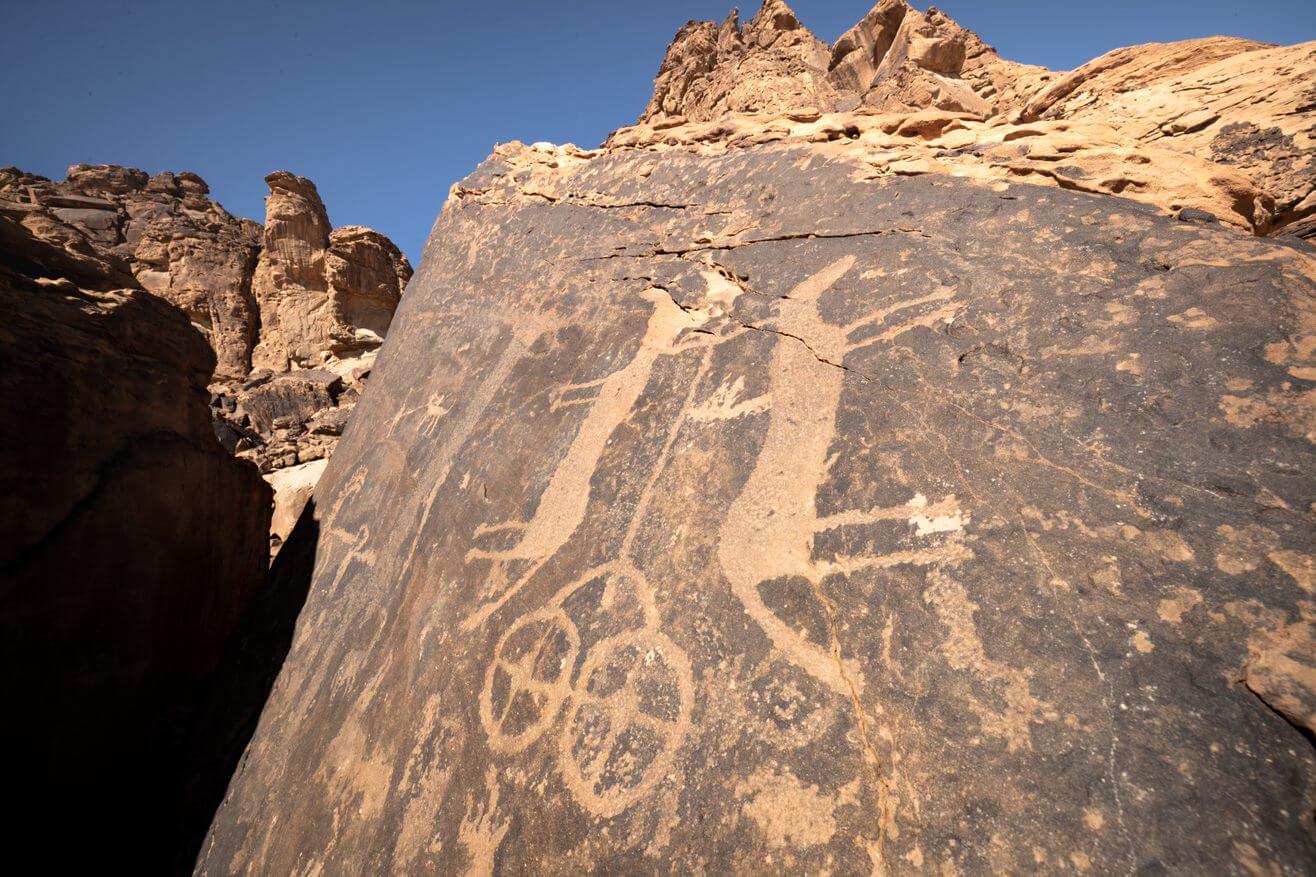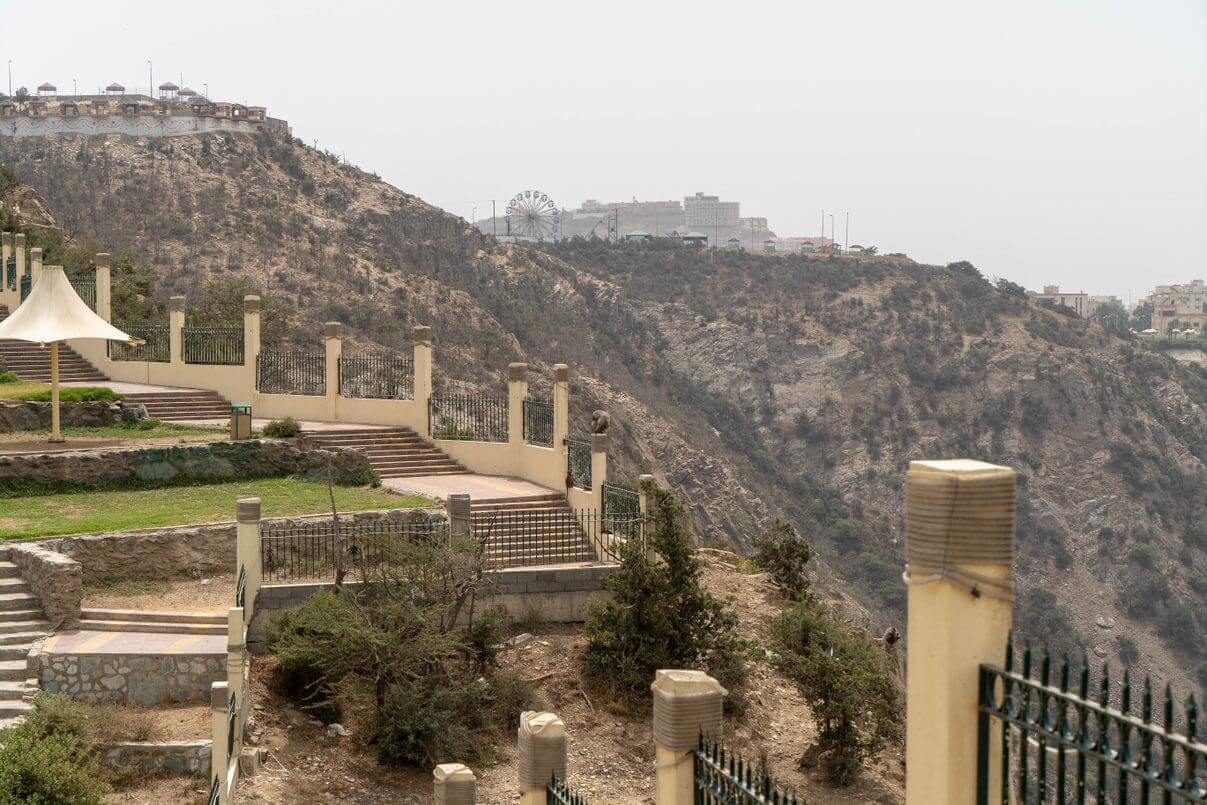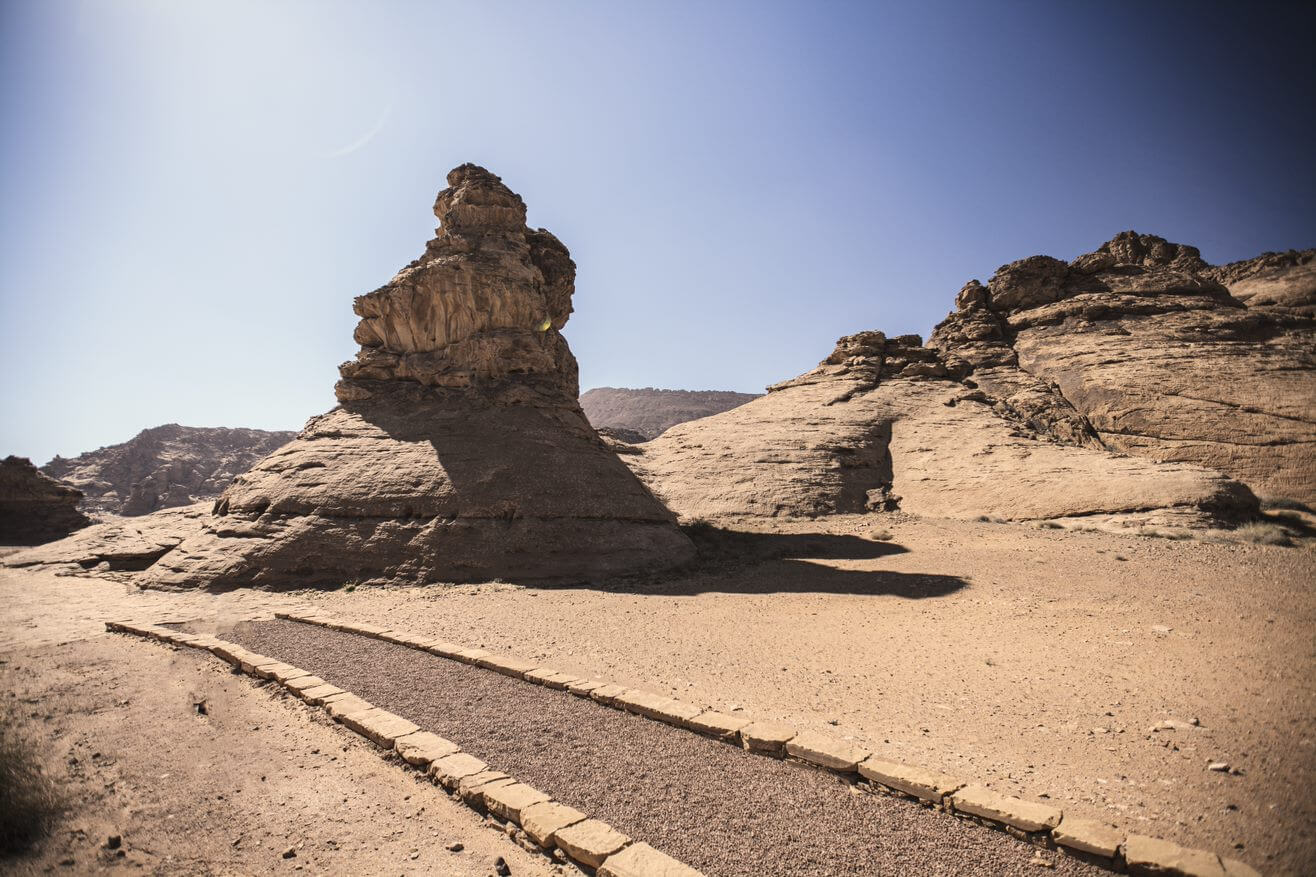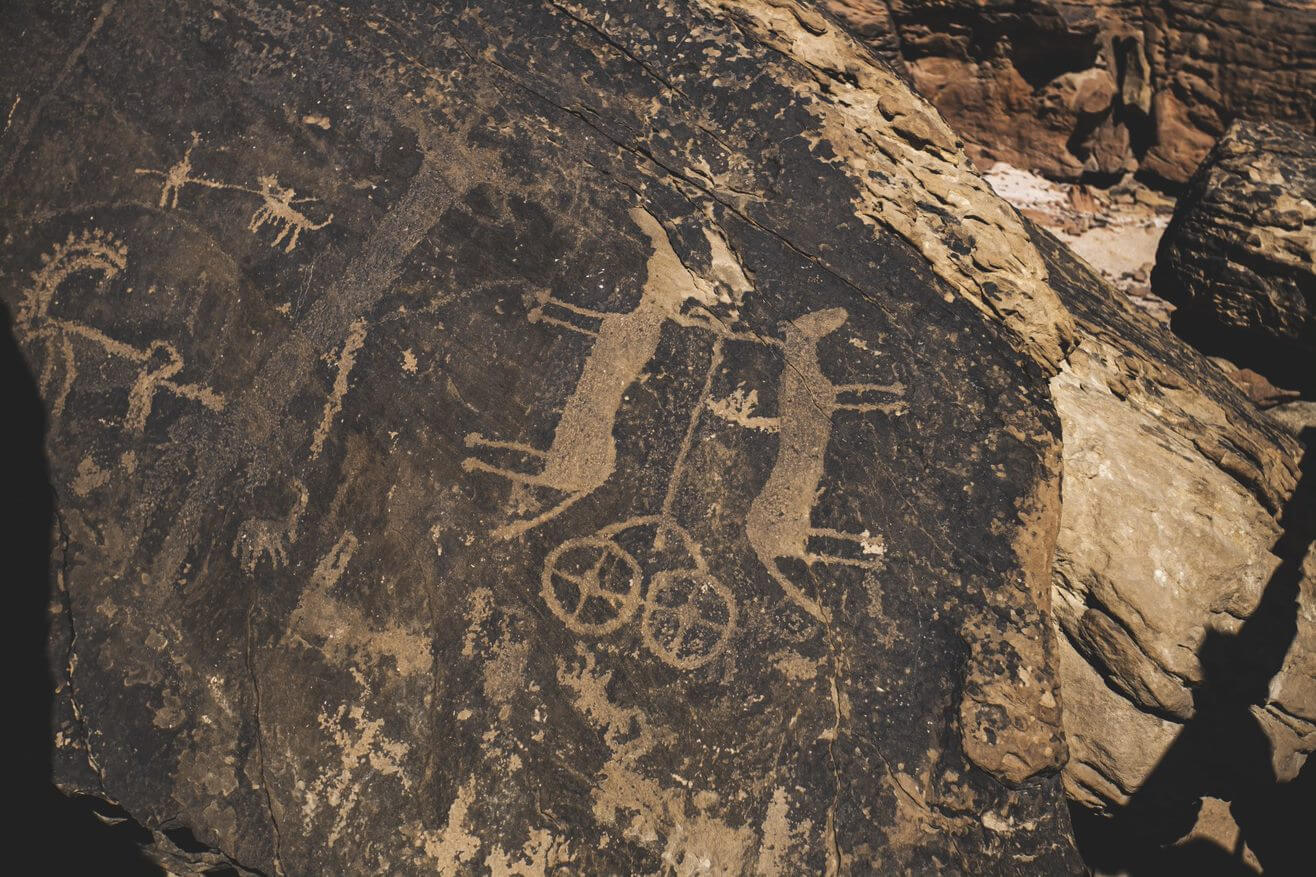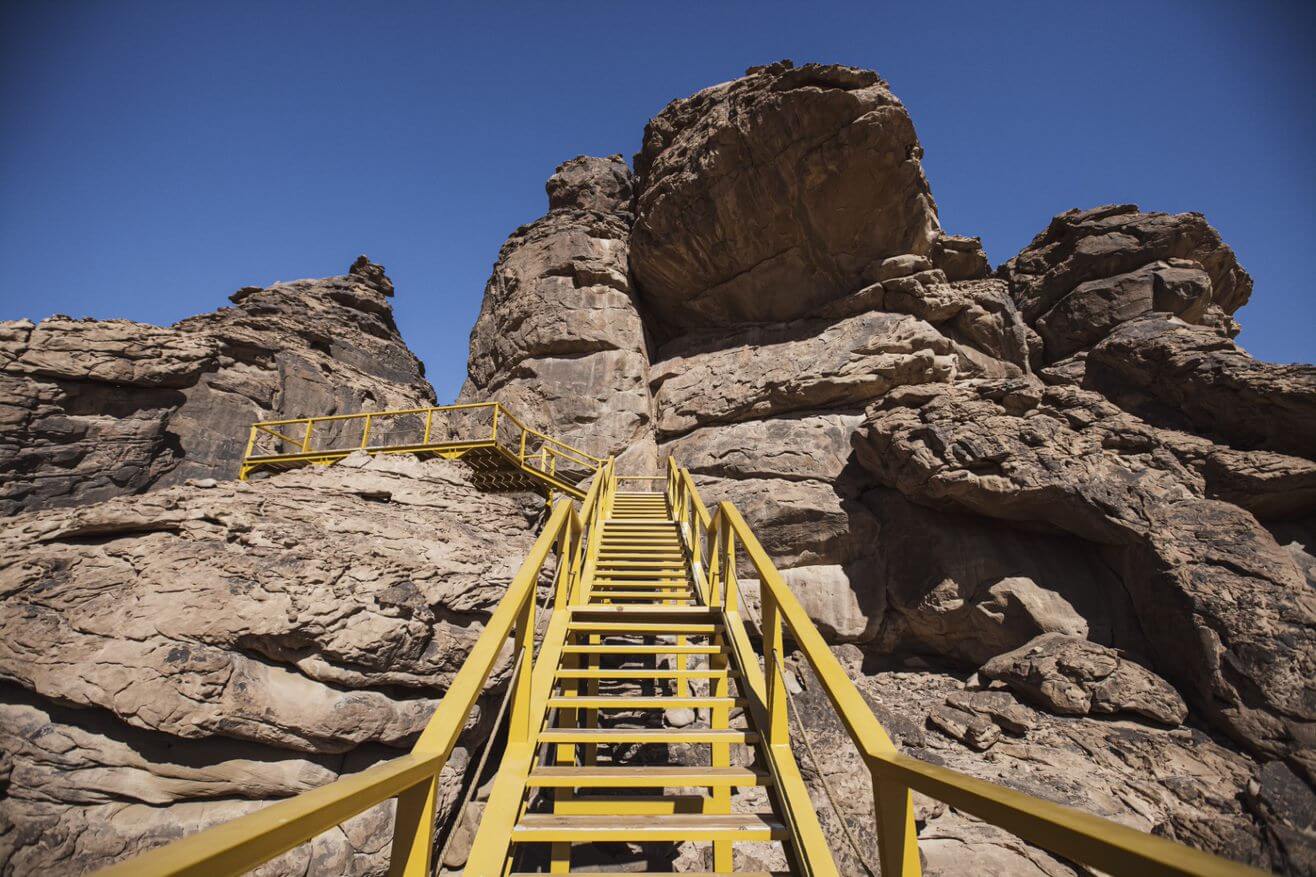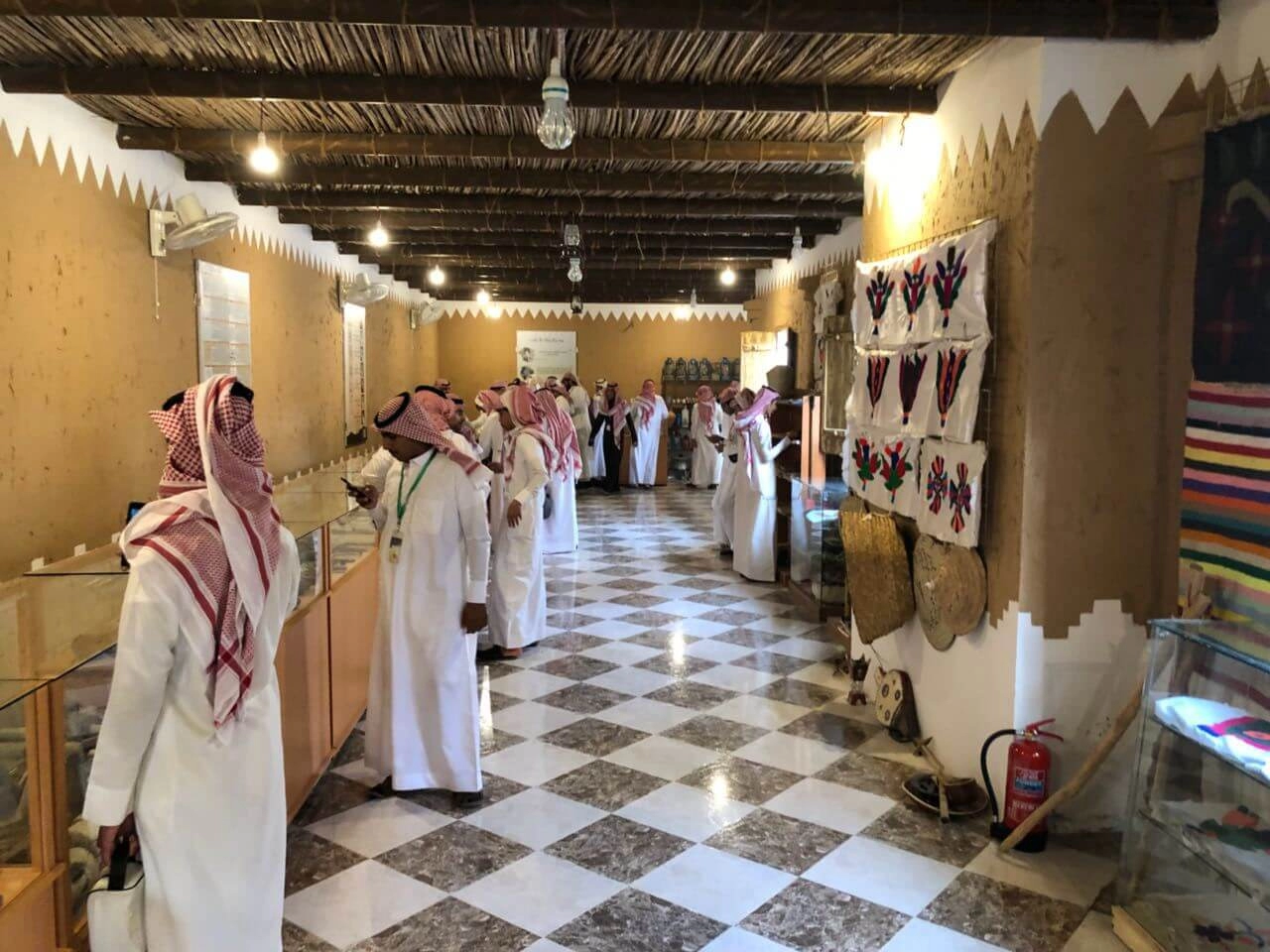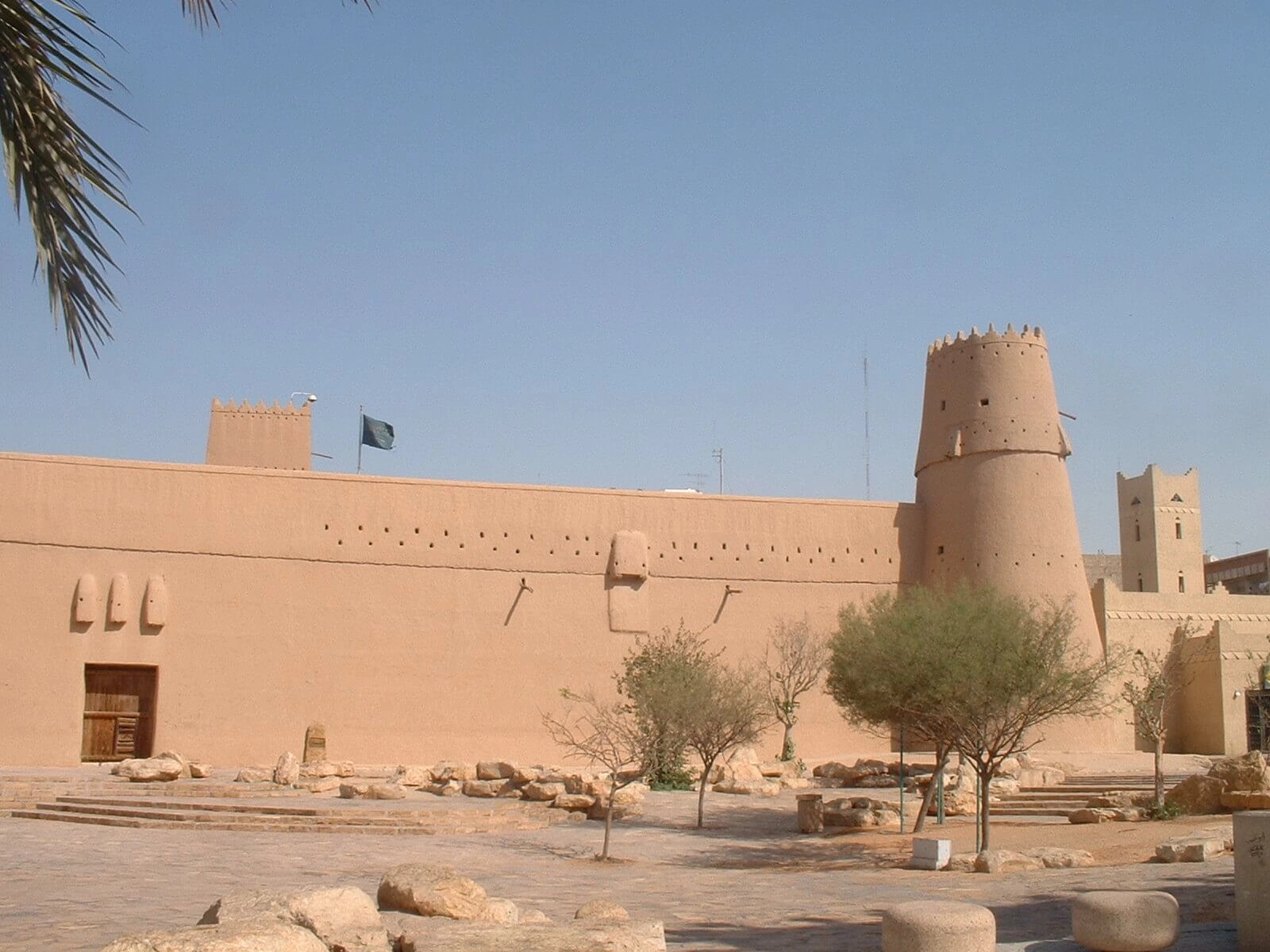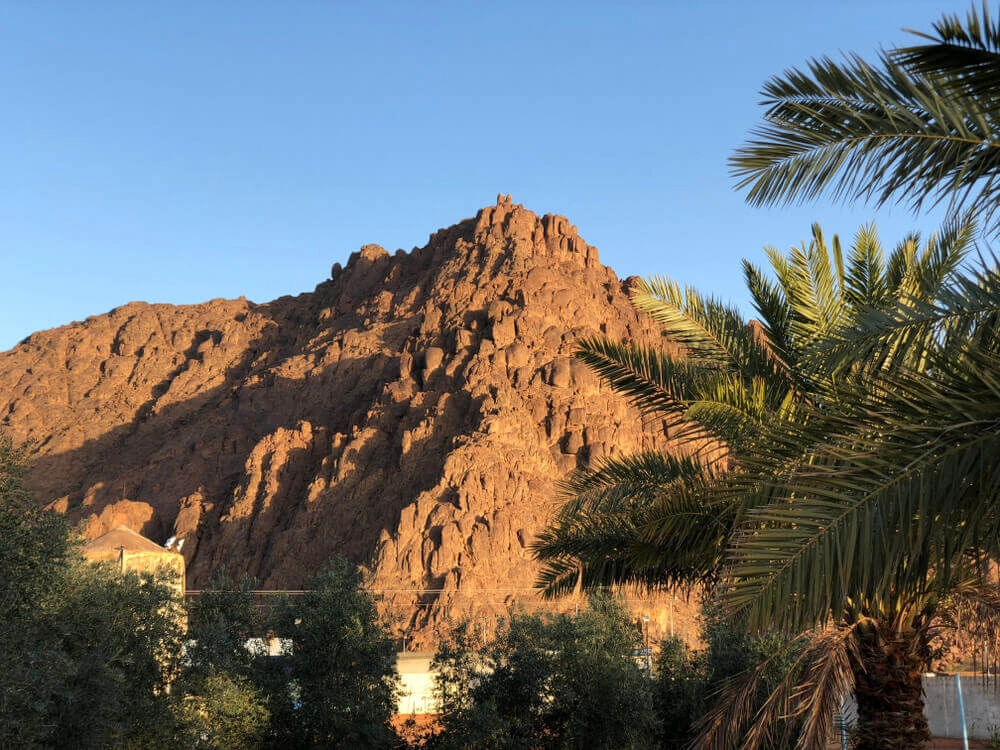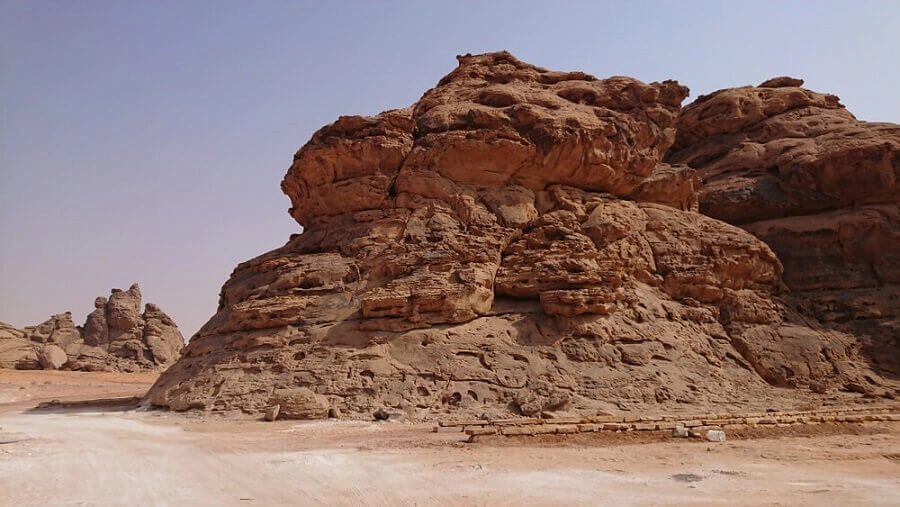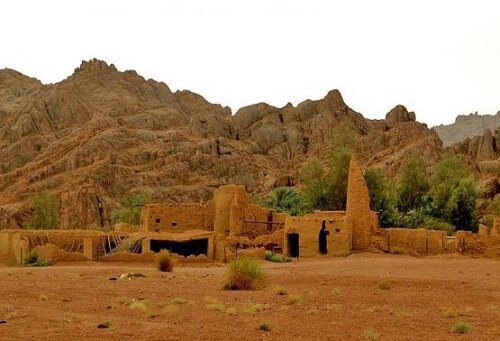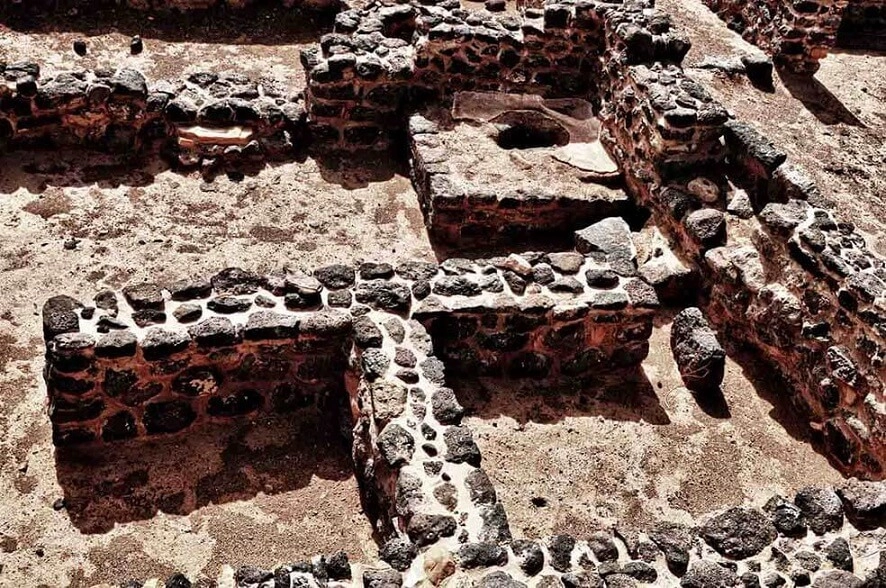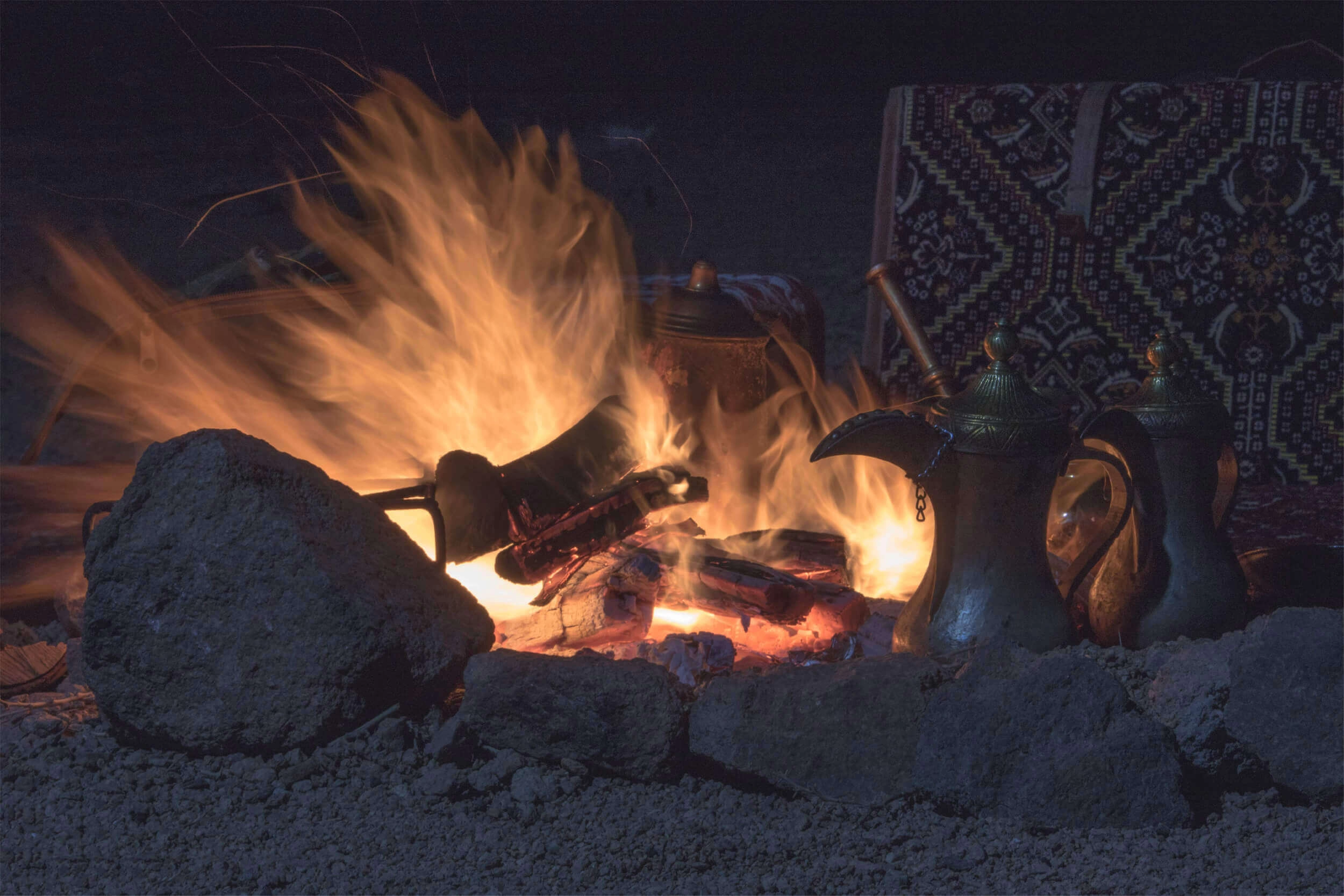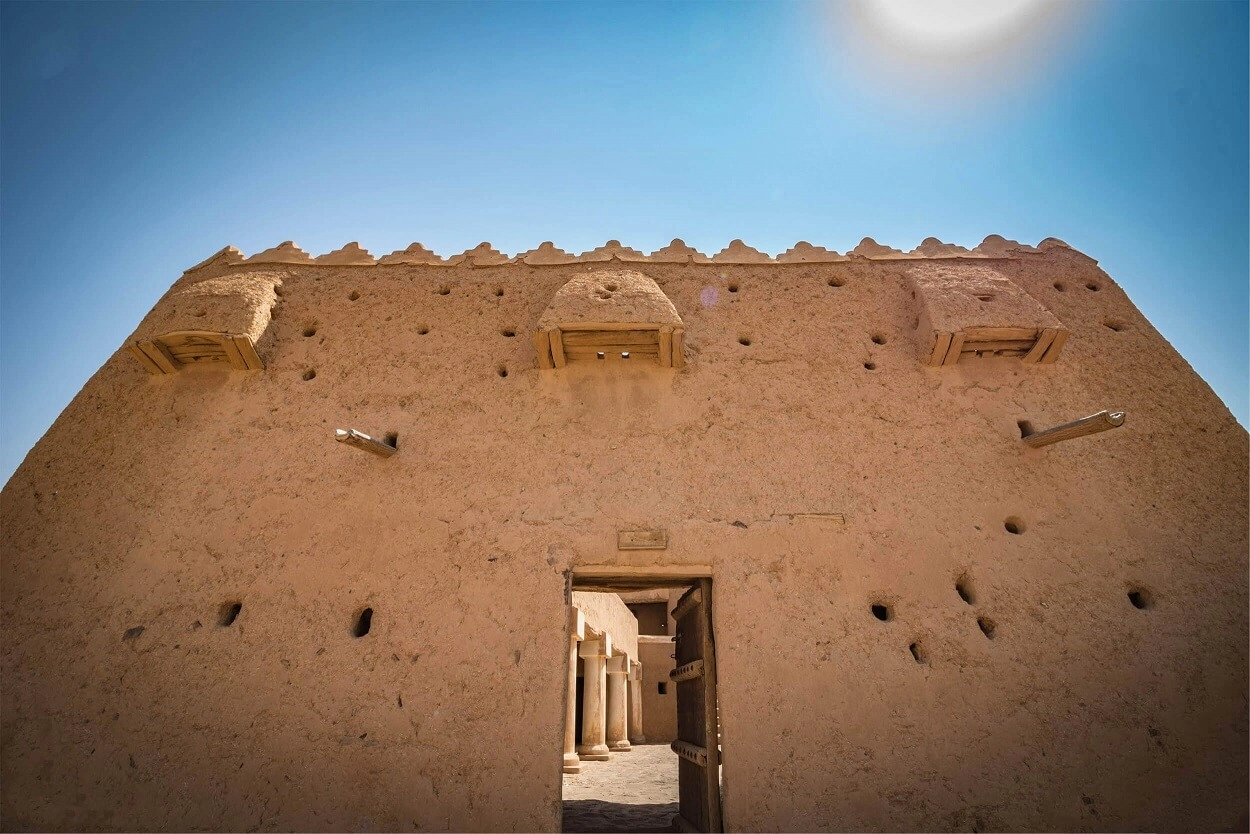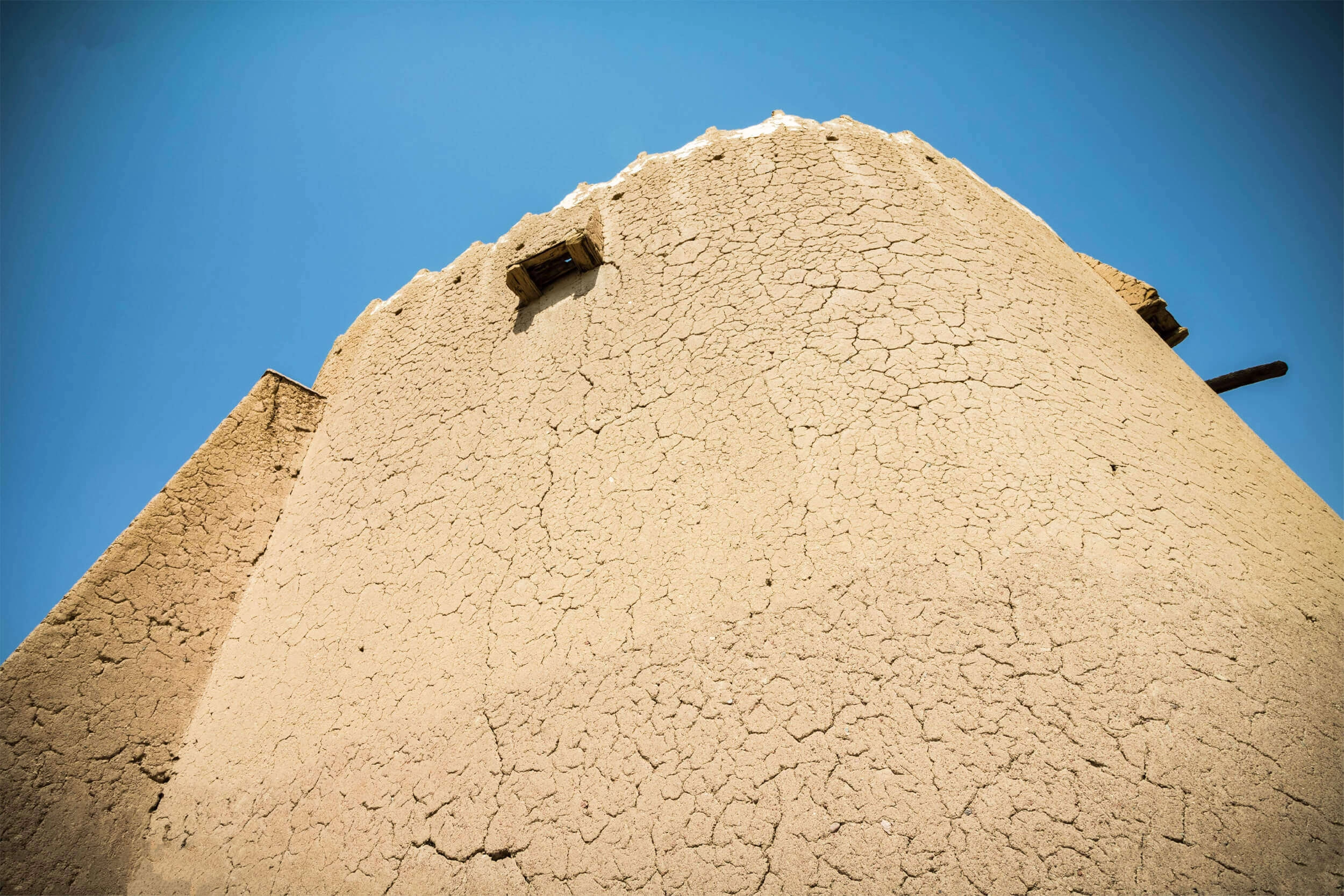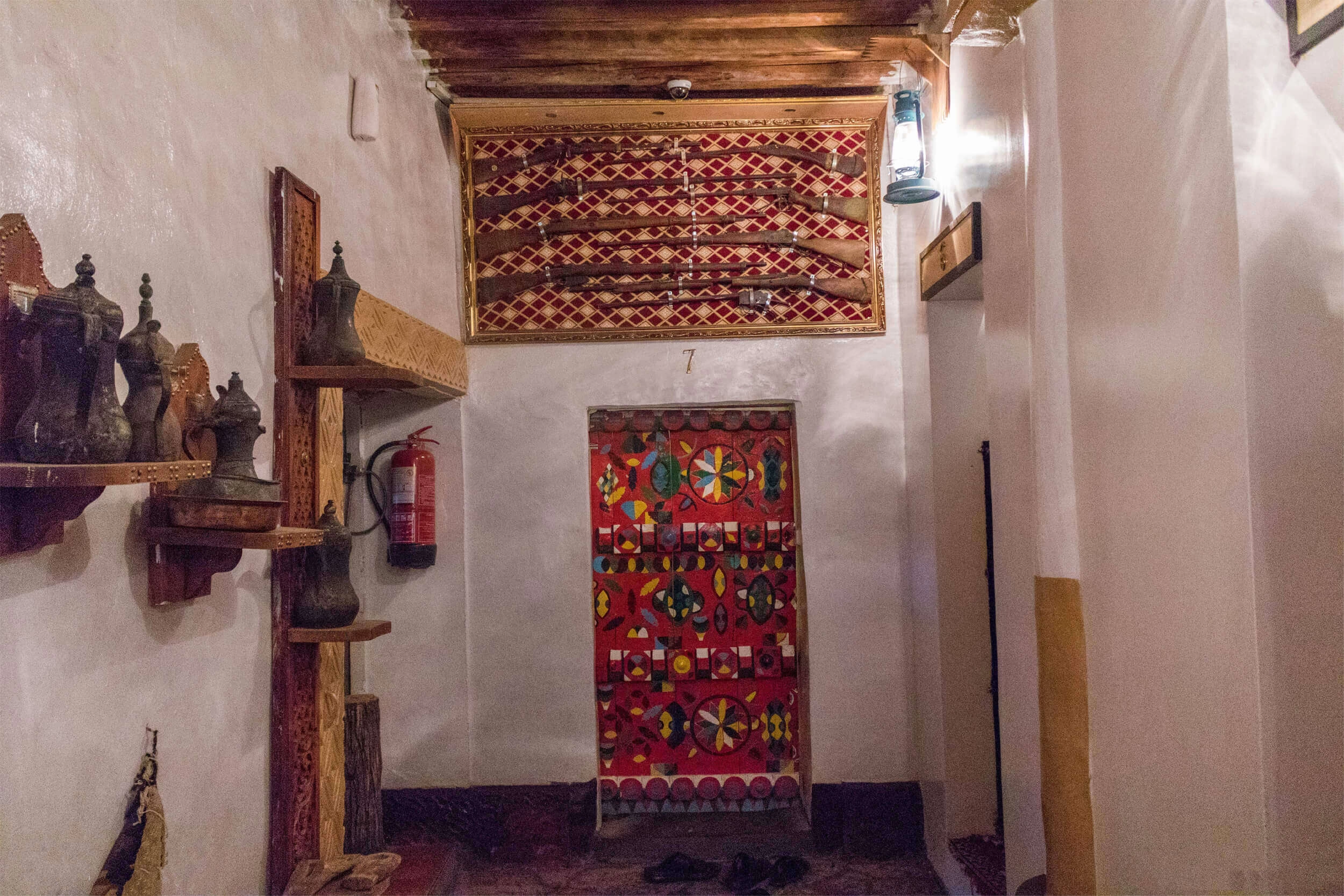About :
The city of Jubbah, famous for its wonderful heritage, is located in an area called Ḥa'il Province, which is in the north-west of Saudi Arabia, and is the most important desert destination for tourists in Saudi Arabia. It is visited by a large number of tourists each year, not only from Saudi citizens but also from various other nationalities.
UNESCO registered the Jubbah Museum in 2015 as the latest World Heritage site after the Saudi Commission for tourism and national heritage developed the site and prepared it well so that it appears with the wonderful appearance that it has now.
It was also discovered that the city of Jubbah includes many ancient human remains dating back to the Stone Age, as well as many inscriptions and rock carvings that tourists from all over the world come to see and enjoy.
When you visit the city and Museum of Jubbah, you will greatly enjoy seeing the inscriptions and drawings found in the rocks, which did not belong to only one era but date back to several different times that man has lived through over time.
You may also observe the antique primitive traditional tools and equipment that man may have used in ancient times to engrave on rocks as well as to survive through fishing, and so on.
One of the most important inscriptions carved in the rocks in Jubbah, which dates back to 7000 BC, is located in Umm Senman Mountain near Mount al-Ghouta, and it expresses the early art of engraving and painting on rocks and stones of the ancient Egyptian Men.
Also, the most important feature of Umm sinman Mountain, which is one of the most famous monuments of Jubbah, is the spread of vertical drawings, which you can find on the mountain in abundance, and they all date back to the Stone Age
This well-known mountain in the Jubbah area is named like this because of its great similarity in shape to the Bactrian female camel. When scientists studied this mountain, they found 5431 vertical inscriptions and discovered the equivalent of 1944 paintings of different animal forms, including 1378 that belong only to the category of camels with their varied shapes and sizes, and a total of 262 drawings belonging to living humans at that time.
When you visit the Jubbah Museum, you will be astounded by the beauty of the paintings and inscriptions discovered in the mountains of Umm Sinman and al-Ghouta. You will also find a painting that depicts the everyday life of the living and ancient human beings who formerly inhabited this area.
It is also characterized by the Museum of Jubbah as not only belonging to one era but comprising two different ages. The first age dates back more than 7,000 years BC, as you can notice on the inscriptions the existence of people and undomesticated animals such as horses, camels, and deers. There are also different animals such as dogs, sheeps, and cats that humans have used in hunting operations.
As for the second period of time, the so-called Thamudic era, in which evolution occurred in terms of the domestication of animals, you will find inscriptions about it expressing this transformation, such as inscriptions expressing the domestication of camels. People back then recorded their wars on the rocks, and you will be amazed by the beauty of the inscriptions showing the shape of the warriors holding their spears.
The city and Museum of Jubbah are essential key destinations for tourists visiting the Arabian Peninsula, particularly Western Orientalists, because of its remarkable and outstanding geographical location on the caravan route.
In addition to being an amazing museum that expresses the journey of ancient peoples and their daily life. The buildings surrounding the museum are heritage buildings that tourists prefer to see and stay in, and palms surround them to express the ancient culture and be attractive to tourists
 العربية
العربية الصينية
الصينية